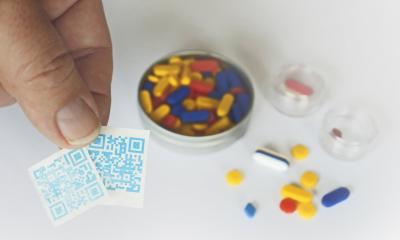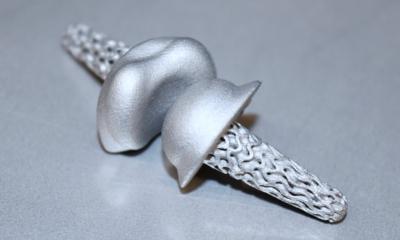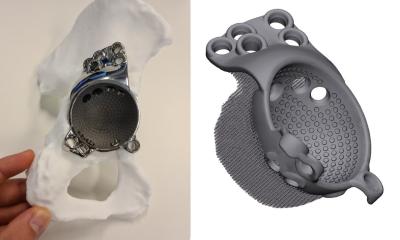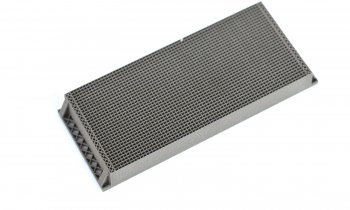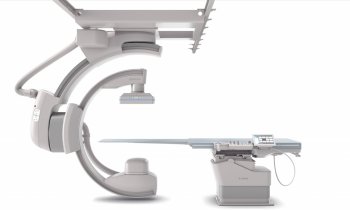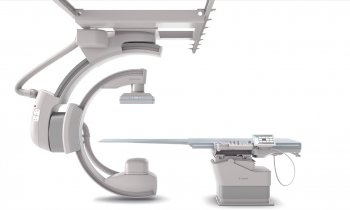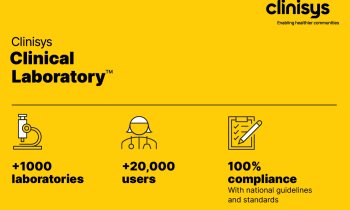
Image source: Materialise
Article • Technology applications
Medical 3D printing: from niche to mainstream
From personalized medical guides and implants to advanced surgical planning solutions: 3D printing and visualization has seen considerable growth over the past years and is already making a significant impact in healthcare. AI, cloud, and virtual/augmented reality technologies show promise to further advance the number of applications. However, many hospitals find it challenging to implement these technologies into their established clinical workflows and reimbursement structures.
Article: Wolfgang Behrends

Image source: Materialise
At the 3D Printing in Hospitals Forum in Leuven, Belgium, hosted by Materialise, we spoke with Koen Peters, the company’s Executive Vice President Medical, and Sebastian de Boodt, Business Line Director Medical Software, about the potential for growth and current barriers that need to be overcome for more patients to benefit from this technology.
Orthopaedics was the first medical specialty to utilize 3D printing at scale, starting with customized guides for knee implants, Peters recalls. ‘This was still a far cry from the personalized healthcare we know today – but the benefits were already obvious: Ultimately, every person is different, and the better a medical product fits their individual anatomy, the greater the chance of achieving a positive outcome.’ It was already at this early stage that the importance of 3D visualisation software became apparent, De Boodt adds: ‘Seeing how a personalized device fits within a patient, and planning the necessary cuts in advance can greatly contribute to shortening surgery times and reduce complication rates.’
The rocky, but rewarding road to clinical implementation
While personalized 3D technology saw its first applications in complex cases, it has now become common, especially in orthopaedic and cranio-maxillofacial procedures, the experts point out. The improving accessibility of the software has been a key contributor to this development, Peters says. ‘With a growing awareness about the benefits of this kind of personalized approach, many institutions have started adopting the technology.’ Since the advent of the technology, Materialise has developed around 600,000 patient specific guides and implants, the expert estimates. Including cases where patient scans were analyzed with its software, this number rises to about 10 million.
Photo: HiE/Behrends
As became clear during the 3D printing forum’s presentations however, implementation is not always straightforward. ‘One major challenge is finding the right staff,’ explained De Boodt: ‘An important starting point is having an engineer with good medical knowledge or at least medical affinity. Close collaboration between these fields is essential to make sure that the technology fits within the established clinical workflows and structures.’ Quality management is another important aspect, he adds: ‘3D printing effectively means that the hospital is creating medical devices, and this needs to be done in a way that is safe and in compliance with medical regulations.’
While it may be simple to submit a CT scan into the system for reimbursement, this option is often absent for procedures involving 3D printing
Koen Peters
Last, but not least, successful implementation of the technology hinges on integration into funding and reimbursement structures, the experts point out. For one, establishing a 3D printing lab can be a significant investment, De Boodt points out. ‘Often, this is achieved using research grants and seed funding. However, after this initial period, hospitals are usually expected to cover for the running costs themselves. ‘The added value is in many ways very obvious, but it does not always translate in how hospitals manage their billing,’ Peters says. While it may be simple to submit a CT scan into the system for reimbursement, this option is often absent for procedures involving 3D printing. ‘I think this is a bit of a missed opportunity.’ Therefore, departments utilizing the technology should make sure to raise awareness about how it provides cost savings and find ways to integrate it into established reimbursement structures.
Beyond printing: advancing personalization with AI and VR
Looking ahead, Peters sees artificial intelligence as a key technology to complement and advance 3D printing and planning: ‘AI will certainly accelerate the process of creating personalized solutions for patients,’ he predicts. It enables automation of certain steps during the planning phase, which lowers the learning curve for new users and streamlines the finalization of designs, reducing both manual work and costs. ‘AI addresses some of the greatest challenges in personalization,’ De Boodt says. ‘Certain applications, which were just not viable before – due to time constraints, design limitations or financial aspects – suddenly become realistic options.’ This in turn increases the appeal of 3D technology within a hospital’s business structure, potentially serving as a catalyst, the expert argues.
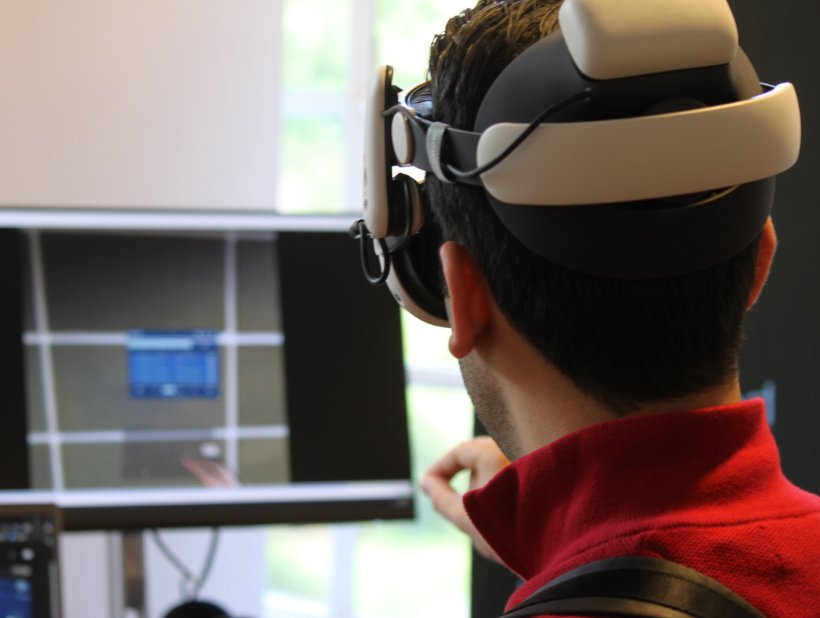
Photo: HiE/Behrends
He also sees great promise in virtual and augmented reality (VR/AR) technologies, although their time has not come quite yet: ‘There is a lot of innovation happening at the time, but actual usage in the clinical practice is still relatively limited, mainly due to hardware limitations. The true value of this technology will become apparent once we find technically realistic applications as navigation tools during procedures.’
Despite the many people who already benefitted from the use of 3D technology, Peters sees a wealth of yet-untapped potential: ‘There are so many more people that would be better off with a personalized approach,’ Peters explains. ‘As we have seen during the presentations, many patients who were treated with conventional methods could have a fundamentally different life. And of course, we hope to play a major role in that development, like we have been doing over the past few decades. We really want to be at the forefront of that innovation that will drive that acceptance towards the future.’
22.05.2025



